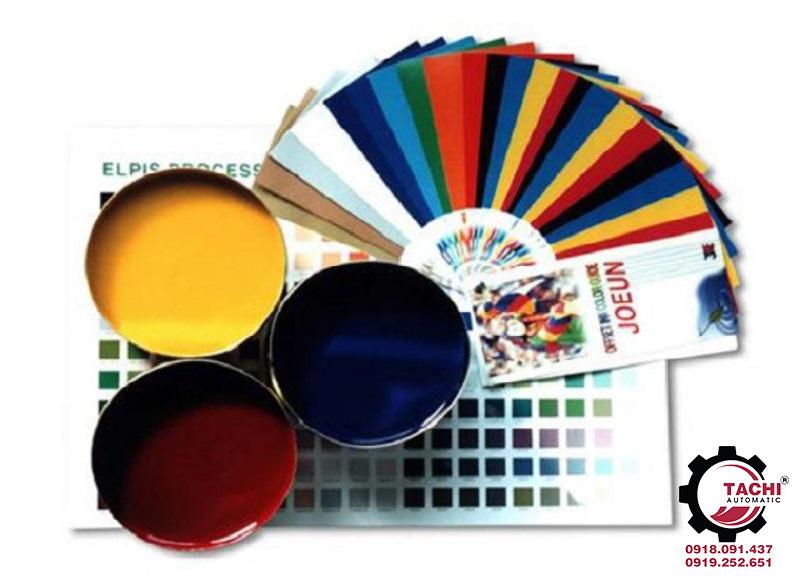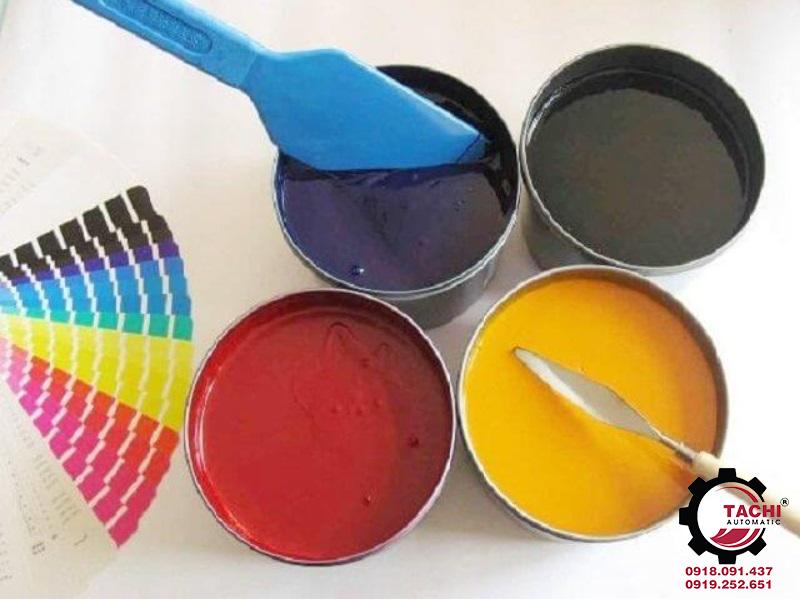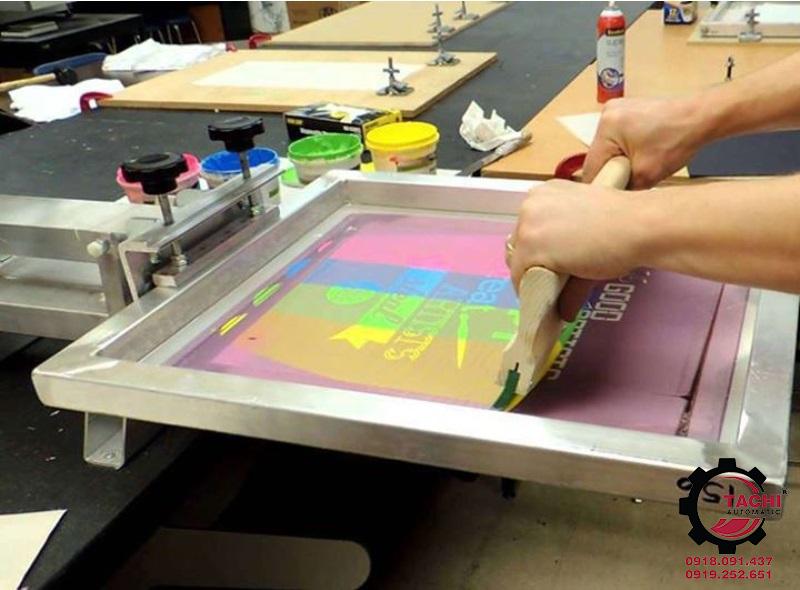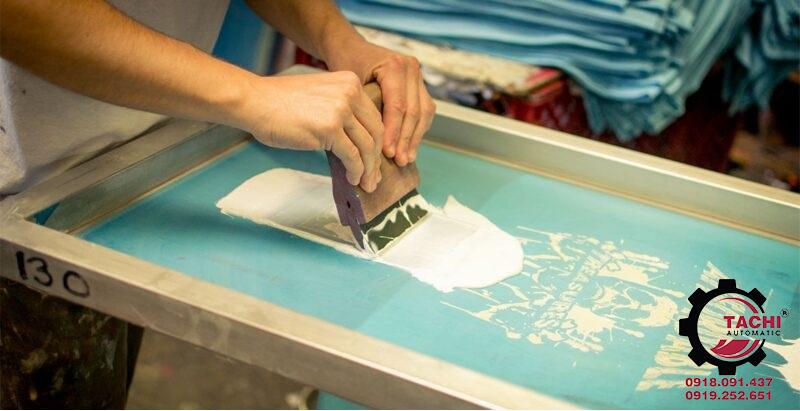Uncategorized
The Most Accurate Guide to Mixing Screen Printing Ink
Nowadays, there are many printing methods used to produce sharp, clear, and visually appealing results. Among them, screen printing is a popular and cost-effective technique that delivers high-quality prints. However, to ensure the final product meets expectations, ink mixing is one of the key factors to master. If you are looking into this topic, the detailed guide below will provide you with everything you need to know.
Contents
How to Properly Mix Screen Printing Ink Like a Pro
To create vibrant, glossy color bands, you must follow basic color mixing principles. In addition to understanding the basic color formulas, achieving the desired shades depends on several factors: color ratios, skill level, saturation, etc. To produce beautiful prints, take note of the following standard screen printing ink mixing techniques:
Basic Color Mixing Formulas
If you’re a beginner screen printer learning how to mix ink properly, start by mastering the basic color formulas. Here are the details:

Red + Blue = Purple
Blue + Yellow = Green
Yellow + Red = Orange
Red + Black = Brown
Black + White = Charcoal Gray
White + Blue = Cool Gray
Blue + Black = Dark Blue
Black + Brown = Golden Brown
Yellow + White = Light Yellow
White + Red = Baby Pink
White + Yellow Ochre = Nude
Yellow Ochre + Green = Moss Green
Green + Orange = Olive Gray
Orange + Black = Root Beer
Detailed Process for Mixing Screen Printing Ink
Follow this detailed guide to mix ink without disruptions during the printing process:

Color plays a vital role in print quality, so the outcome should match the pre-approved design specifications.
Some colors are not available directly from ink manufacturers—you’ll need to mix them yourself.
Be creative in your process and know how to blend inks to match the design colors accurately.
Important Tips for Mixing Screen Printing Ink
To ensure you’re mixing ink correctly and professionally, consider the following points:

Mastering color mixing principles is essential.
Color plays a vital role in print quality, so the outcome should match the pre-approved design specifications.
Some colors are not available directly from ink manufacturers—you’ll need to mix them yourself.
Be creative in your process and know how to blend inks to match the design colors accurately.
Common Types of Screen Printing Ink
Based on the origin and composition of the ink, screen printing inks can be categorized as follows:

Water-based ink: Dissolves easily in water at normal temperatures. It becomes more soluble at 50–60°C and less so below 25°C.
Oil-based ink: Derived from petroleum, this ink has a distinct oily smell.
Plastisol ink: A lightweight oil-based ink used for fabric printing. It offers a glossy finish and adheres better than water-based ink.
UV ink: An oil-based ink that requires UV light to cure. It can be used on various surfaces and offers excellent adhesion.
Sublimation ink: Specially formulated for heat transfer printing.
Conclusion
We hope this information has helped you better understand how to mix screen printing ink. Once you’ve mastered the mixing process, you’ll be able to produce accurately colored and visually stunning printed products.
If you have questions or need further guidance on Screen Printers, feel free to contact Ta Chi Screen Printer for expert advice and support in creating your ideal prints!
.For more information, please contact:
TACHI Mechanical Manufacturing and Trading Co., Ltd.
Address: 176, Nguyen Ai Quoc Street, Group 2, Quarter 1, Trang Dai Ward, Bien Hoa City, Dong Nai District, Vietnam.
Hotline/Whatsapp: +84 352 193 969
Email: tachi.customercare01@gmail.com
Website: //mayinluatachi.com


 Tiếng Việt
Tiếng Việt